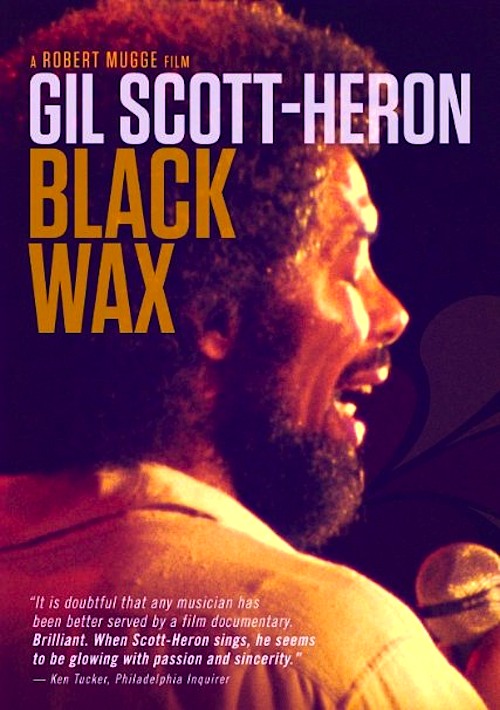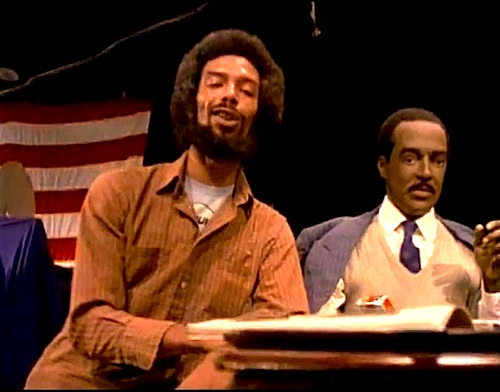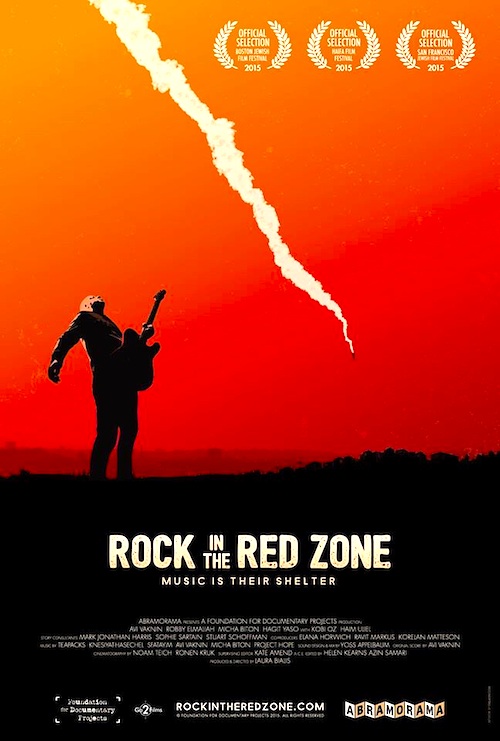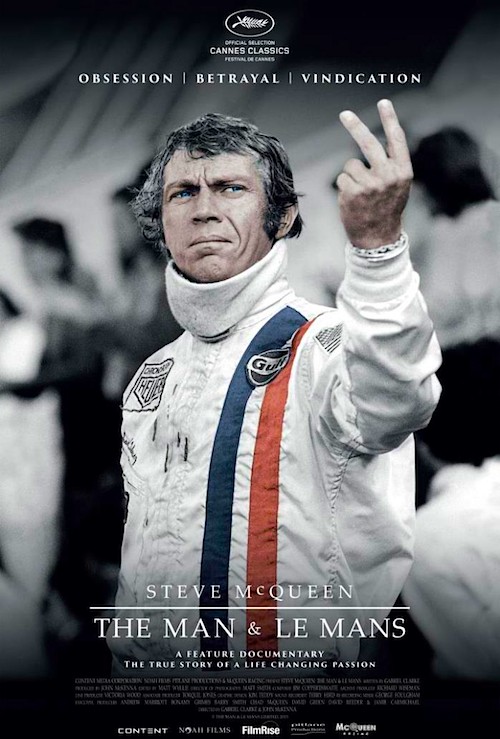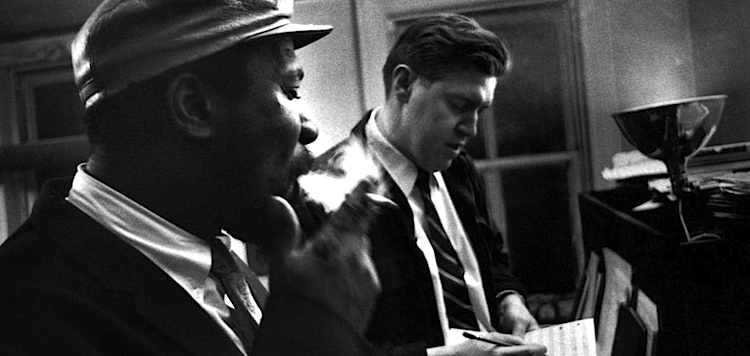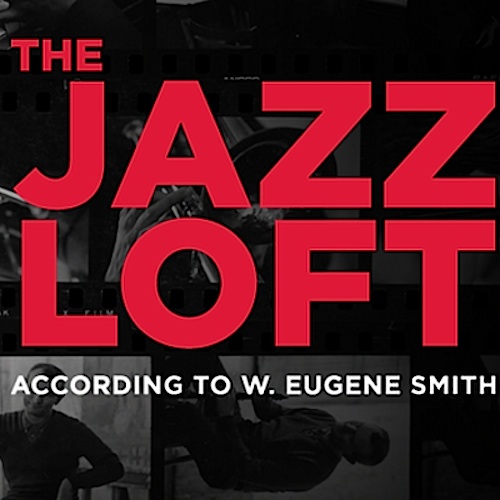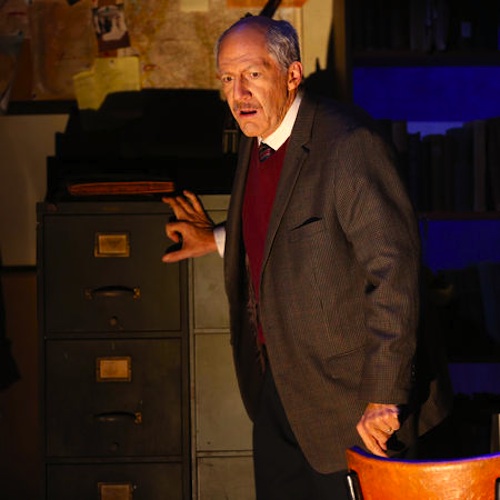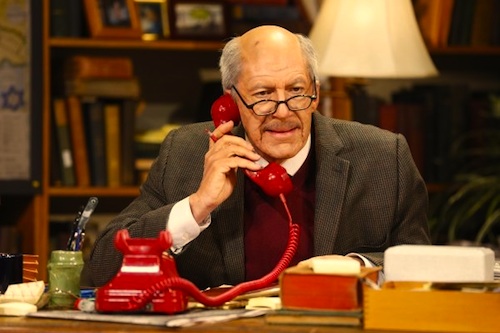By Joe Bendel. By now, Westerners know to be wary whenever do-gooder activists show up offering their services out of the goodness of their hearts. A provincial Chinese primary school teacher learns that lesson the hard way in one of the most isolated schools in the world. Xu Hongjie documented every agonizing step of the resulting clash of values and personalities in On the Rim of the Sky, which screens during this year’s DOC NYC.
You know what they say about the Road to Hell? Well, in this case, it is debatable just how good the Che Guevara-idolizing Bao Tangtao’s intentions really are. Regardless, it is safe to say he enjoys getting praised for his supposed altruism. In contrast, “Teacher Shen” Qijun has been content to quietly plug away as the only teacher students of Gulu village have known for the last twenty-five years. However, because Shen only has a middle school diploma, the educational bureaucracy classifies him as a substitute teacher. As a result, he has earned a pittance compared to so-called full time teachers.
Since Gulu is literally built into the side of a treacherous cliff face, Shen has been the only teacher willing to stay in the mountain village. Initially, he welcomed the help offered by Bao and his colleagues from an Americorps style non-profit, but it was clear the “volunteers” were more interested in taking bows than actually teaching, right from the start. Unfortunately, Shen also flashes his temper a little too freely, resulting in a bitter and prolonged conflict between the two. Frustratingly, most of the village apparently sides with Bao and his cronies, because they can bring the development funds. Despite the official complaints they convince the villagers to file, Shen has one trump card in their power struggle—he controls the school’s bank account.
Rim is one of the most draining, disillusioning films you will see all year. Xu resists playing favorites between Shen and Bao, but she simply catches the latter in too many unflattering moments to maintain an air of neutrality. Plus, the bitterly ironic implications of the closing scene are impossible to miss.

The drama Xu records is massively real and the stakes are hugely significant. Yet, just the act of filming in Gulu represented a serious challenge. It is about as accessible as Shangri-La, but that vivid sense of place further distinguishes Rim from equally disenchanting but dingier looking independent Chinese documentaries.
Rim plays like a collaboration between Jia Zhangke and Arthur Miller, but it is all real life happening. It is a real feat of nonfiction filmmaking that will make you gasp in several different ways. Xu’s multi-year investment pays off in spades with a film that will ultimately turn your stomach to ice. Very highly recommended, On the Rim of the World screens this Sunday morning (11/15) at the IFC Center, as part of DOC NYC ’15.
LFM GRADE: A
Posted on November 13th, 2015 at 12:40pm.
